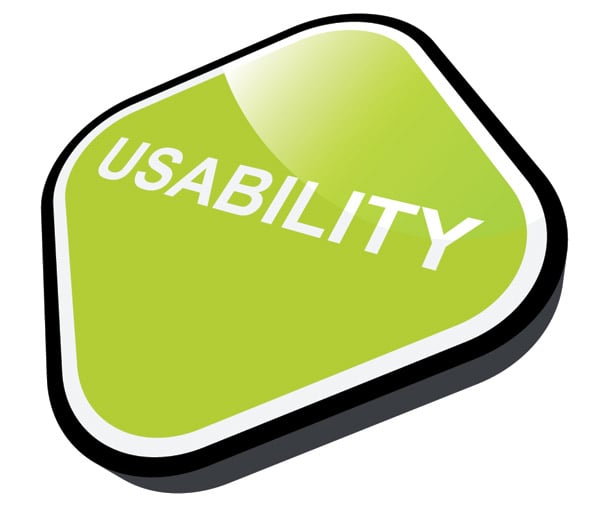No matter how brilliant your website design is, if it is hard to reach the content of your site then your site is as useful as an empty shell. Here are some tips to improve the usability of your website to ensure it serves its functions optimally. This post goes hand in hand with the previous article about setting up the proper navigation within your site. Both articles will really help you improve the usability of your website.
The first thing you’ll want to focus on is to make sure the typography of your content is suitable. If you have large blocks of text, make sure to use CSS to space out the lines accordingly. The longer a single line of text is, the greater the line-height of each line should be. Also, make sure the font size of your text is big enough to read easily. Some sites have 10-pixel-tall text in Verdana font; while that may look neat and tidy, you have to really strain your eyes to read the actual text.
Make it easy for visitors to find content that they want on your site. If you have thousands of articles on your site and a certain visitor wants to find one single article from that pile, you have to provide a feasible means to enable visitors to do so without much of a hassle. Be it an SQL-driven database search engine or just a glossary or an index of articles that you have, providing such a feature will make sure your visitors can use your site with ease. A good example is my very own listing of Photoshop tutorials which immediately displays first on the Photoshop Tutorials section. This quickly gives the user an overview of all the tutorials they will find within that section. However I also make sure that the search functionality here on Rapid Purple makes things easy to find.
Moving on you’ll want to ensure that your site loads fast if you do not want to lose visitors. Most internet users will leave a website if it doesn’t load completely within 15 seconds, so make sure the crème de la crème of your website is delivered to your visitors as soon as possible to retain their attention. Pingdom does a great job at offering a free load tester to allow you to quickly check how long your page is taking to load – and which resource is being the biggest hog.
Last of all, test each and every link on your site before it goes online. There is nothing more effective in tarnishing your professional image than broken links, so be very careful about that. Proper configuration of Google Webmaster Tools and routinely submitting an updated sitemap will allow Google to check for broken links for you – and report of any found within your Google Webmaster Tools dashboard. If you need any help configuring Google Webmaster Tools for your site – feel free to contact me for some help.
You can also utilize the W3C Link Checker to check for broken links and missing resources throughout your site.



